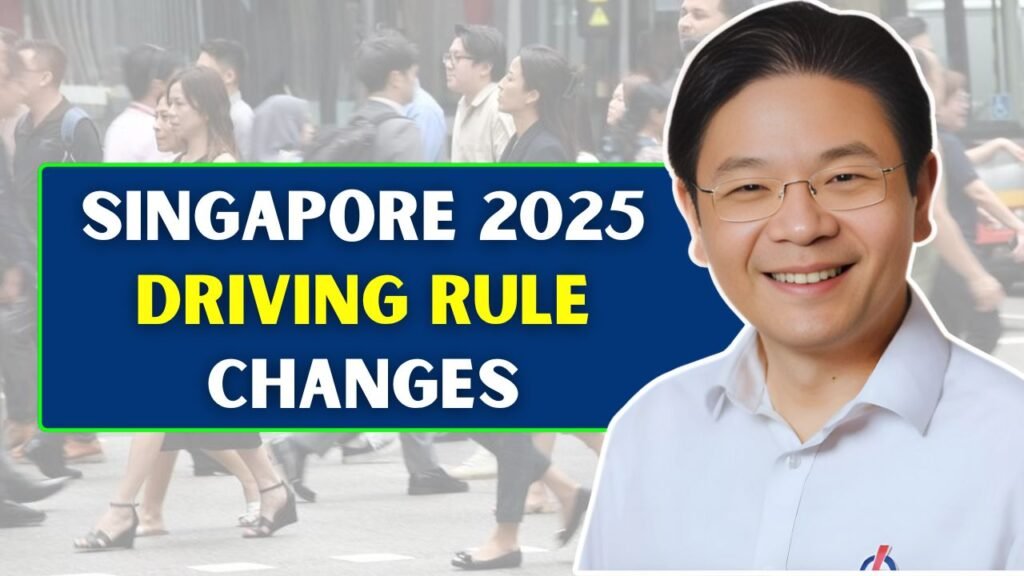South Africa has entered a new year and has thus allowed some changes in road safety laws into its statutes. The reforms against accidents intend to introduce new speed limits with harsh penalties for distracted driving and regulations over electric bicycles (e-bikes). This also shows an increasing concern for accountability, technological use, and the safe coexistence of conventional and modern ways of transport.
Speed Limits Changed for Safer Roads

The biggest change in road laws in South Africa, with respect to safety, has been the change in speed limits for many zones. City centers had the largest drop in allowable speeds. Through joint effort, the national government and the provincial authorities enforced a new speed limit, reducing the prior one of 60 km/h to 50 km/h in city and town centers with dense populations. Residential neighborhoods can now see speed limits as low as 30 km/h wherever schools, hospitals, or pedestrian-heavy zones have presence.
In rural or open road settings, speed limits remain mostly constant, but enforcement has been incentivized since the deployment of AI-assisted speeding cameras. These cameras can now discriminate between various vehicle types, weather conditions, and time of day to dynamically enforce speeding violations depending on actual risks in real-time.
Harsher Penalties for Distracted Driving
Distracted driving, most notably from the use of a mobile phone, still ranks as one of the main causes of accidents in South African roads. The laws instituted for 2025 make stiffer fines and penalties available for those caught using handheld devices while driving. The first offenders may be charged up to R5,000, and repeat offenders may face suspension of their licenses and courses in road safety education.
Eating, grooming, or otherwise distracting oneself from safe driving, including the use of entertainment systems, are now named in law as forms of driver distraction. Law enforcement has been equipped with tools that can detect distracted behavior in vehicles. This should provide an extra advantage in penalizing offenders.
Introduction of Regulations for E-Bikes
Because of the explosion in e-bike usage both in the city and in the countryside, the government has laid down a broad regulatory framework for regulating e-bike use. In 2025, e-bikes have been classified into three types based on speed and motor power: pedal-assist bikes with 25 km/h maximum speed, throttle-assist bikes with a 32 km/h maximum speed, and high-performance models that surpass these limits.
The first two classes are allowed on public roads and bike lanes without the need for a special license. High-speed e-bikes are considered quite the opposite: they will be treated as motorcycles that would require registration, insurance, and a license to operate. The riding of e-bikes shall be helmeted at all times, while persons under the age of sixteen shall not operate any form of motorized e-bike on public roads.
Furthermore, some pedestrian-heavy locations such as promenades and boardwalks have now banned e-bikes in order to help minimize the conflicts between cyclists and walkers. E-bike delivery services should register with local authorities and make sure their riders are traffic-compliant.
Digital Enforcement and Smart Infrastructure
The 2025 reforms take the beating of conventional law enforcement one step further with digital infrastructure supporting enforcement and compliance. Smart traffic lights and AI-powered traffic monitoring systems have been installed in major cities wherein they can change traffic flows due to congestion, accidents, or emergency situations. These systems are, in turn, integrated with vehicle databases for instant recognition of traffic violators.
Rather than receiving citations with paper, drivers will be receiving digital ads on their phones through the new National Road Safety App, which supports payment of fines and tracking of demerit points, as well as scheduling for mandatory safety courses. The app is but one aspect in a much-wider effort in digitizing road governance and putting it on a digital platform for transparency and easy access.
A Giant Leap Towards Safer Travel
500The 2025 South African road safety laws symbolize a decisive step toward modernizing transportation regulations and combat the twenty-year-high fatality rate within the country. It is in creating a safer and more predictable environment for the use of all that the government has reviewed speed limits, distracted driving laws, and modern transport technologies such as e-bikes.
Awareness programs and community policing initiatives are afoot every now and then throughout the country as these changes take hold. Road users are already being encouraged to acquaint themselves with the new laws and actively embrace the change. The success of these reforms depends not only on enforcement but, even more importantly, on the road culture shift towards responsibility and mindfulness.








